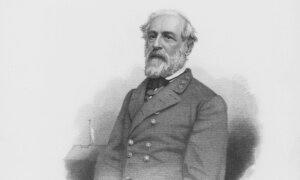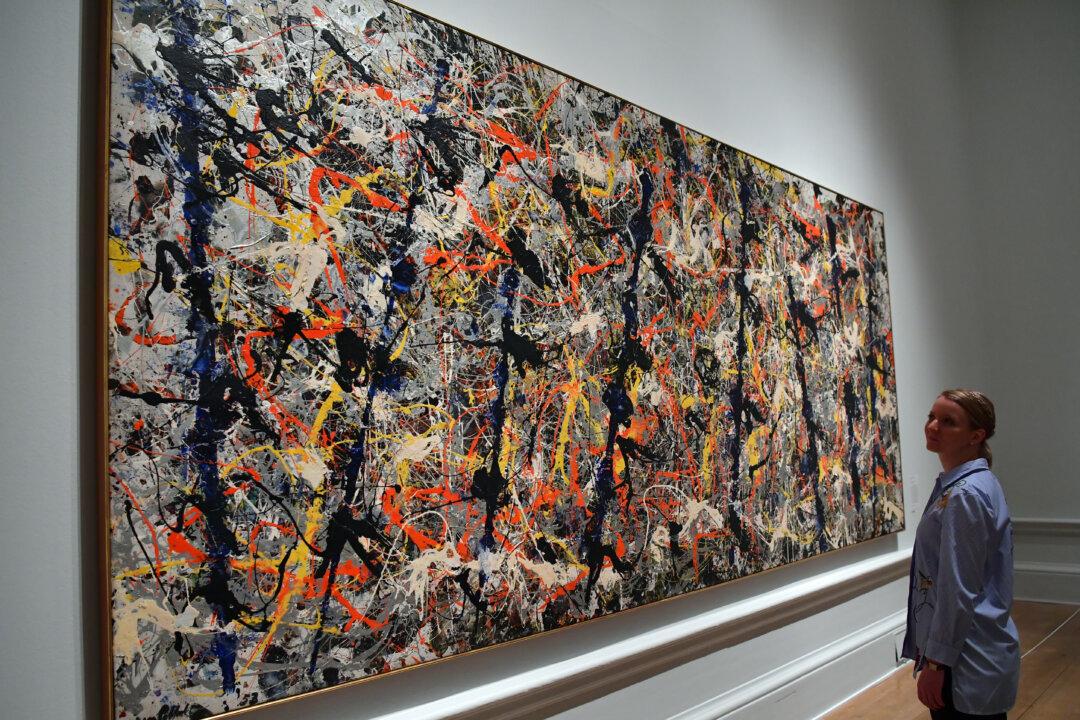“Who controls the past controls the future. Who controls the present controls the past.”
That line from George Orwell’s “Nineteen Eighty-Four” might serve as a sort of motto for the “woke” apparatchiks who run our lives today.
Perhaps it’s because they have, as one wag put it, mistaken Orwell’s stern admonition about the dangers of totalitarianism for a how-to manual.
In any event, the present’s attack on the past by those holding the reins of power continues apace.
And the goal, just as in Orwell’s novel, is to revamp the future by redefining the past.
John Calhoun was an apologist for slavery, so the college named for him at Yale must be renamed.
Never mind that he was valedictorian at Yale, a member of the House of Representatives, a senator, secretary of war, secretary of state, and vice president.
Never mind, too, that he was one of the most powerful minds and greatest orators of his day.
He had beliefs that the beautiful, pampered people of today find objectionable.
So he had to go.
It was the same with the great mining magnate Cecil Rhodes.
He made a stupendous fortune in what’s now South Africa, endowed Oriel College, Oxford, with part of his fortune, and established the Rhodes scholarship program.
He, too, was insufficiently enlightened, so a campaign to besmirch his memory and remove all traces of his presence from Oriel College has been underway for years.
From 1924 to 2021, a large equestrian statue of Robert E. Lee stood in a place of honor in Charlottesville, Virginia.
In the wake of the Black Lives Matter riots, the statue was removed. Last fall, in a sort of pyromaniacal ritual, it was cut apart with a blow torch and then melted down.
Last month, President Joe Biden had the 109-year-old Reconciliation Monument removed from Arlington National Cemetery.
Just a few days ago, the Biden administration announced that it was removing a statue of William Penn, the founder of Pennsylvania, from a park that had been his home.
The attack on the past is proceeding apace.
Its goal is to efface the contributions of white Europeans, especially white male Europeans, to the formation of Western civilization.
Over the past several years, we have seen a rising tide of assaults on statues and other works of art representing our nation’s history by those who are eager to squeeze that complex story into a box defined by the evolving rules of political correctness.
A vocal minority, claiming victim status, demands the destruction, removal, or concealment of some object of which they disapprove.
Usually, the official response is instant capitulation.
It’s worth noting that the monument controversy signifies something much larger than the attacks on the Old South.
Indeed, the attack involves not just artworks or commemorative objects.
Rather, it encompasses the resources of the past writ large.
It’s an attack on the past for failing to live up to our contemporary notions of virtue.
In the background is the conviction that we, blessed members of the most enlightened cohort ever to grace the earth with its presence, occupy a moral plane superior to all who came before us.
Consequently, the defacement of murals of Christopher Columbus—and statues of later historical figures such as Teddy Roosevelt—is perfectly virtuous and above criticism since human beings in the past were by definition so much less enlightened than we.
The psychopathology behind these occurrences is a subject unto itself.
What has happened in our culture and educational institutions that so many students jump from their feelings of being offended—and how delicate they are, how quick to take offense!—to self-righteous demands to repudiate the thing that offends them?
The more expensive education becomes, the more it seems to lead not to broader understanding but to narrower horizons.
The iconoclasm that accompanies this existential narrowing takes different forms.
The disgusting attacks on the past and other religious cultures carried out by the Taliban, for example, are quite different from the toppling of statues of Saddam Hussein by liberated Iraqis after the Gulf War.
Different again was the action of America’s own Sons of Liberty in 1776, who toppled a statue of the hated George III and melted down its lead to make 40,000 musket balls.
It’s easy to sympathize with that pragmatic response to what the Declaration of Independence called “a long train of abuses and usurpations.”
It’s worth noting, however, that George Washington censured even this action for “having much the appearance of a riot and a want of discipline.”
While such attacks on the past depend upon a reservoir of iconoclastic feeling, they represent not the blunt expression of power or destructiveness but rather the rancorous, self-despising triumph of political correctness.
The exhibition of wounded virtue, of what we now call “virtue-signaling,” is key.
Of course, impermissible attitudes and images are never in short supply once the itch to stamp out history gets going.
At Charlottesville, it was a statue of Robert E. Lee.
But why stop there?
Why not erase the entire history of the Confederacy?
There are apparently some 1,500 monuments and memorials to the Confederacy in public spaces across the United States.
According to one study, a majority of them were “commissioned by white women, in hope of preserving a positive vision of antebellum life.”
A noble aspiration, inasmuch as the country had recently fought a civil war that devastated the South and left more than 700,000 Americans dead.
These memorials were part of an effort to knit the broken country back together.
As at Arlington, our leaders have set about obliterating them in earnest.
What they want isn’t reconciliation but capitulation.
Thomas Jefferson, George Washington, and James Madison have all been queued up for “rehabilitation” if not ostracism.
After all, they all owned slaves, as did 41 of the 56 signers of the Declaration of Independence.
As I say, many of our politically correct culture warriors seem to regard “Nineteen Eighty-Four” as a how-to manual.
Orwell saw clearly where it ends.
“Every record has been destroyed or falsified,” Orwell wrote, “every book has been rewritten, every picture has been repainted, every statue and street and building has been renamed, every date has been altered. And that process is continuing day by day and minute by minute. History has stopped.”







